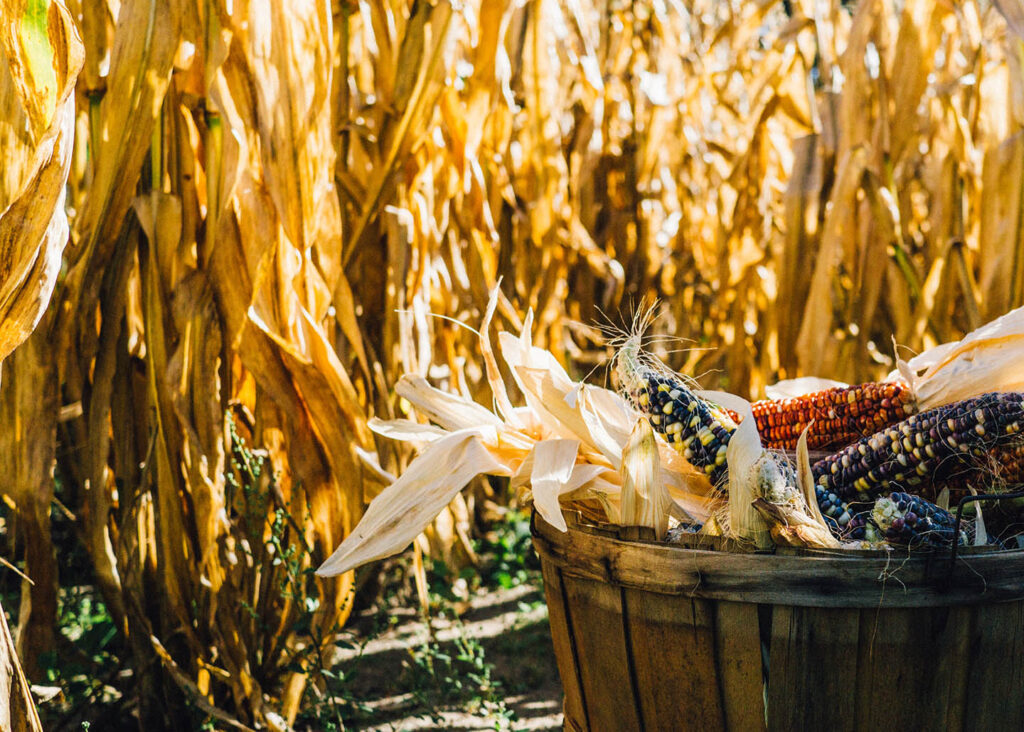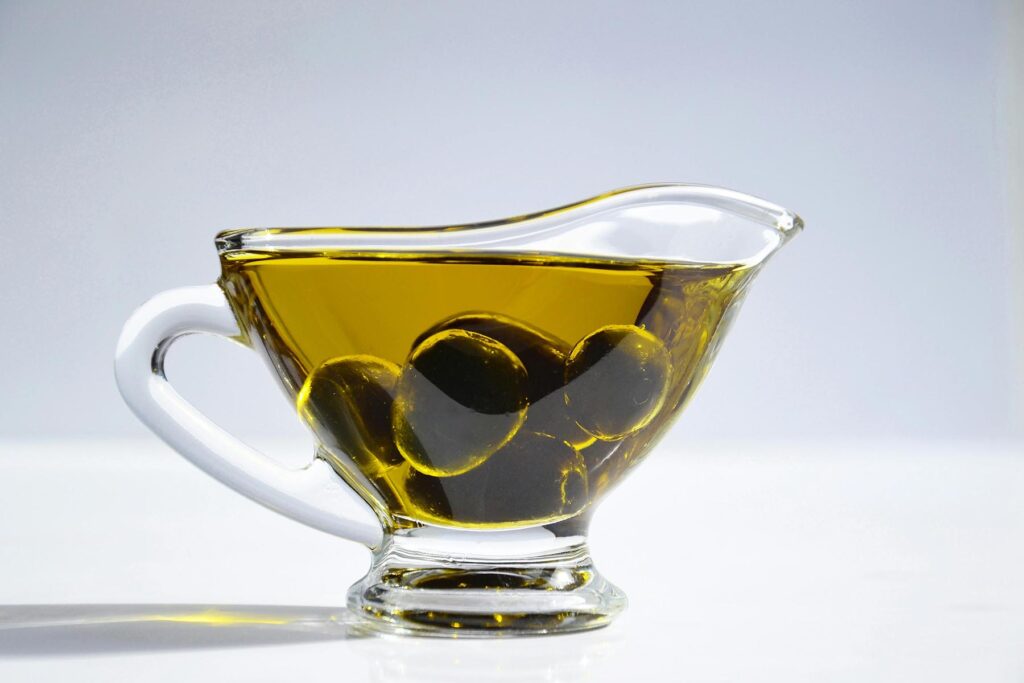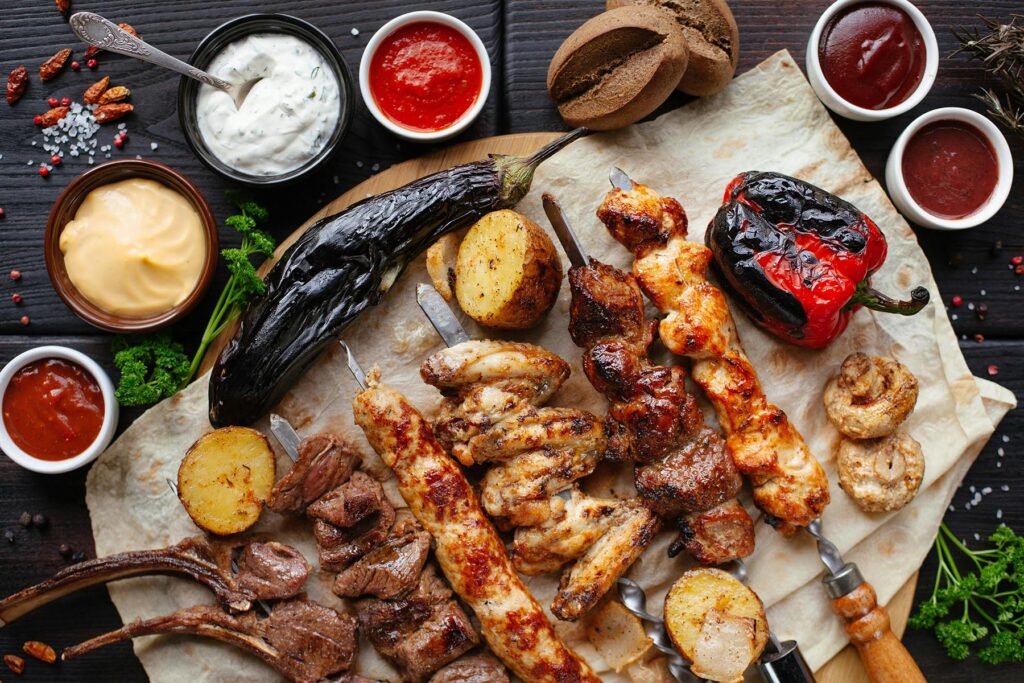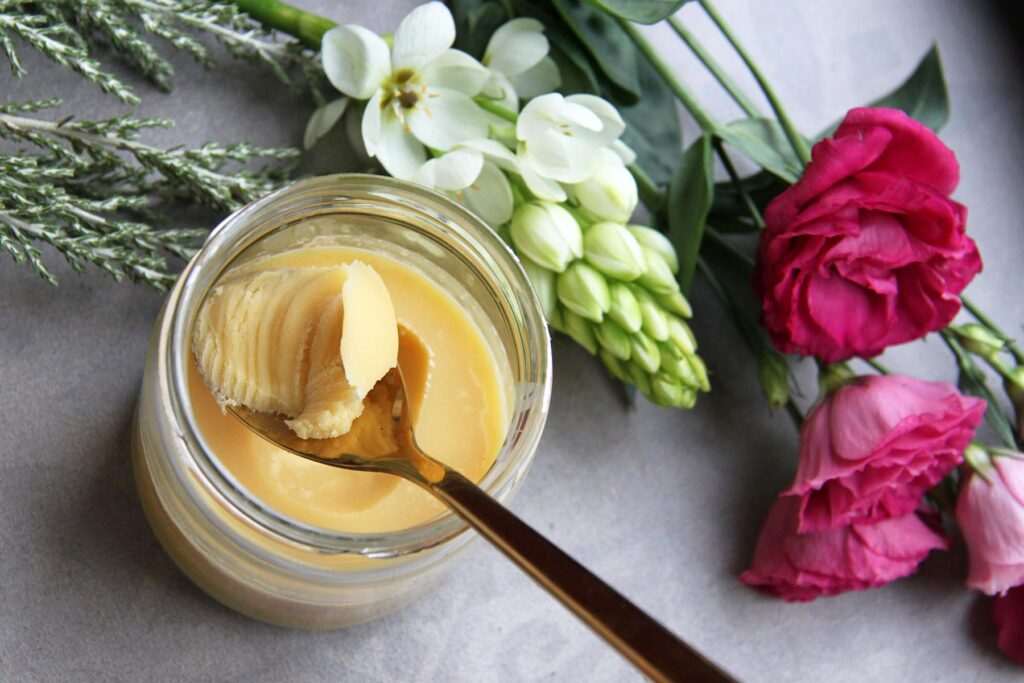
The foods served at Thanksgiving are closely tied to the historical events surrounding the holiday and the availability of ingredients in early American colonies. While the specific menu items have evolved over time, the core concept of a bountiful feast to express gratitude for a successful harvest and other blessings remains consistent.
Here’s a brief overview of how Thanksgiving food traditions have developed:
- Indigenous Influence: As you can imagine, the Native American communities significantly influenced the foods that were part of the early Thanksgiving feasts. Native Americans introduced the Pilgrims to new crops, farming techniques, and culinary methods, which helped the immigrants/colonists adapt to their new environment and ensure their survival.
- Early Colonial Foods: In the early days of the American colonies, immigrants (or settlers) relied on the foods they were familiar with from their home countries and what was available in the New World. This included grains like wheat and barley and domesticated animals like cattle, chickens, and pigs.
- Harvest Celebrations: Harvest festivals have been celebrated by various cultures throughout history as a way to give thanks for a successful harvest season. The Pilgrims’ first Thanksgiving in 1621 can be considered a harvest celebration, and the foods served would have reflected what was available at that time of year.
- Evolution of Traditions: Over the centuries, Thanksgiving food traditions evolved as new ingredients were introduced, culinary techniques developed, and regional differences emerged. For example, sweet potatoes and pecans became prominent ingredients in the Southern United States due to their local availability.
- Influence of Abraham Lincoln and Sarah Josepha Hale: Abraham Lincoln’s proclamation of Thanksgiving as a national holiday in 1863, largely at the urging of writer Sarah Josepha Hale, helped solidify the holiday’s observance. Through her writing and advocacy, Hale’s influence extended to popularizing traditional Thanksgiving dishes.
- Standardization of the Menu: By the late 19th and early 20th centuries, certain foods had become closely associated with Thanksgiving due to their seasonal availability, cultural significance, and tradition. These include turkey, stuffing, cranberry sauce, mashed potatoes, gravy, green beans, and various pies (especially pumpkin and pecan).
- Commercialization and Modernization: In the 20th century, the development of commercial food products and advertising further shaped Thanksgiving food traditions. Canned cranberry sauce, packaged stuffing mixes, and pre-baked pies became more common as convenience foods gained popularity.
Was turkey served for the first Thanksgiving feast?
The exact menu of the first Thanksgiving, which took place in 1621 between the Pilgrims and the Wampanoag Native Americans in Plymouth, Massachusetts, is not well-documented. However, historical accounts and records provide some insights into the types of foods that were likely present at the feast. The first Thanksgiving would have been a blend of English and Native American cultures, and the foods served would have reflected what was available and known to both groups.
Turkey might not have been the meal’s centerpiece as it is in modern Thanksgiving celebrations. Instead, the feast likely consisted of a combination of wild game, seafood, and various locally available foods. The contemporary tradition of turkey, stuffing, and other specific dishes became more standardized over time and was influenced by cultural changes and regional variations in the United States.
Some of the foods that might have been eaten at the first Thanksgiving include:
- Wild Game: Venison (or deer) was likely a prominent meal feature. Other game animals, such as ducks, geese, and possibly wild turkey, could have also been part of the feast.
- Seafood: The Wampanoag people were skilled fishermen, so seafood like fish and shellfish could have been part of the meal. Clams, lobsters, and eels were commonly found in the area.
- Corn: Corn was a staple crop for both the Pilgrims and the Wampanoag. It might have been prepared in various ways, such as cornbread or porridge.
- Beans: Beans were an essential source of protein and sustenance for both groups. They might have been cooked with other ingredients or prepared as a standalone dish.
- Squash: Native Americans were familiar with various squashes, and they could have been included in the feast.
- Berries and Nuts: Local berries and nuts could have been used for flavoring or as ingredients in dishes.
- Other Vegetables: Depending on what was available and in season, other vegetables like onions, carrots, and greens might have been included.
What is the best way to prepare and cook a turkey?
Preparing and cooking a turkey for Thanksgiving or any special occasion can be a rewarding experience. Here’s a step-by-step guide to help you achieve a delicious and well-cooked turkey:
- Choose Your Turkey: Estimate the size of the turkey you need based on the number of guests. A general rule is about 1 pound (0.45 kg) per person. Decide between fresh and frozen turkey. Ensure enough time for proper thawing in the refrigerator if using a frozen turkey.
- Thaw the Turkey (if frozen): If your turkey is frozen, thaw it in the refrigerator. Allow approximately 24 hours of thawing time for every 4-5 pounds of turkey. Thawing in cold water is also an option. Submerge the turkey in its original packaging in cold water, changing the water every 30 minutes. Allow 30 minutes of thawing time per pound.
- Prepare the Turkey: Remove the giblets and neck from the turkey cavity. Rinse the turkey inside and out with cold water and pat it dry with paper towels. Season the cavity with salt, pepper, and any desired herbs or aromatics (such as onion, garlic, and herbs).
- Season and Truss the Turkey: Gently lift the turkey’s skin and rub softened butter or oil directly onto the meat. Season with salt, pepper, and any desired herbs and spices. Truss the turkey by tying the legs together with kitchen twine. This helps the turkey cook evenly.
- Roast the Turkey: Preheat your oven to around 325°F (165°C). Place the turkey breast side up on a roasting rack in a roasting pan. The rack allows air to circulate around the turkey for even cooking. Roast the turkey in the preheated oven. Calculate the cooking time based on the turkey’s weight. A general guideline is about 15 minutes per pound, but use a meat thermometer to determine doneness. Baste the turkey with pan juices or butter every 30-45 minutes to moisten it.
- Check for Doneness: The turkey is safe to eat when the internal temperature reaches 165°F (74°C) in the thickest part of the thigh without touching the bone. Insert a meat thermometer into the thickest part of the thigh to check the temperature. Ensure the thermometer doesn’t touch the bone, which can give an inaccurate reading.
- Rest Before Carving: Once the turkey reaches the desired temperature, remove it from the oven and cover it loosely with aluminum foil. Allow the turkey to rest for about 20-30 minutes before carving. This allows the juices to redistribute and results in a juicier turkey.
Remember that cooking times and temperatures can vary based on your specific oven, elevation, size of turkey, and more, so use a meat thermometer to ensure a safe and perfectly cooked turkey. With attention to detail and a little patience, you’ll have a delicious centerpiece for your holiday meal.
Happy Thanksgiving, everyone!
How do you celebrate Thanksgiving? Let us know in the comments!




Comments (2)
The best & easiest way to cook a turkey is with a Swanson oven bag.Lightly coat the inside of the bag with flour,insert the turkey,twist tie the end,poke a few holes in the bag to prevent bursting,put the bag on a baking sheet,into the oven it goes,bake for two hours,no basting necessary,& voila,perfect turkey.
Very true! That is an easy and tasty way to cook a turkey. Thank you for your input. Happy holidays!